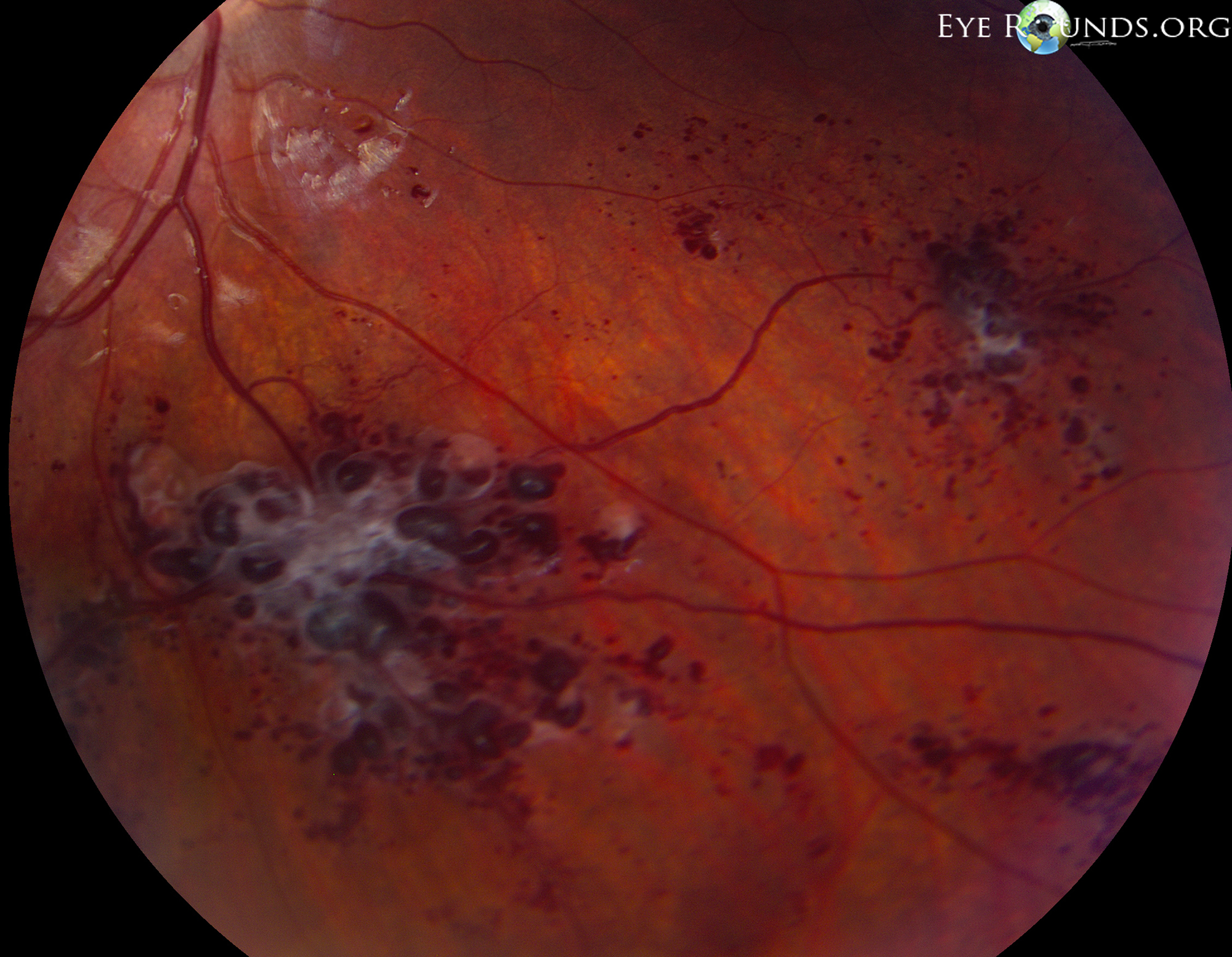
Some of the cancers that may involve the spine include: Most spinal cancer occurs inside the spinal column and usually doesn’t affect the spinal cord. Some may look like tumors but are actually cysts, plaques or similar masses. Some are benign tumors, which means they are not aggressive and don’t spread, but it doesn’t mean they are harmless. Some are malignant tumors (spinal cancer), which means they can spread to other areas of the body. There are several types of masses that can be found in the spine: Intramedullary tumors are intradural tumors that grow inside the spinal cord.

Intradural tumors form inside the dura and may or may not involve the spinal cord. They are often located in the epidural space, which is the area surrounding the outer – dura – membrane that protects the spinal cord.

Peripheral nerves that exit the vertebraeĭura mater, pia mater and arachnoid mater - three layers of membranes that encase the spinal cordīased on the location of the tumor in relation to the spinal cord, spinal tumors are classified into three groups:Įxtradural tumors (also known as epidural tumors) form inside the spinal column and may involve the vertebrae, but typically don’t affect the spinal cord. Spinal discs that cushion the space between the vertebraeīlood vessels that supply nutrients to the spine Starting with the outer layers of the spinal column, here are some of the tissues that may develop tumors and cancer in the spine:īones that form the spinal vertebrae, including the bone marrow inside themĬartilage that protects the joints in the vertebrae A tumor can form in almost every type of tissue. It is made of different types of tissues that span the entire length of your back and into your neck and pelvis.


 0 kommentar(er)
0 kommentar(er)
